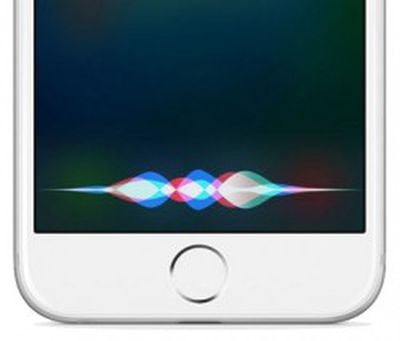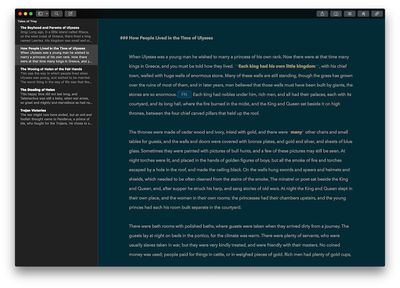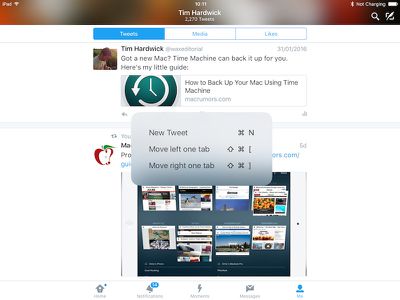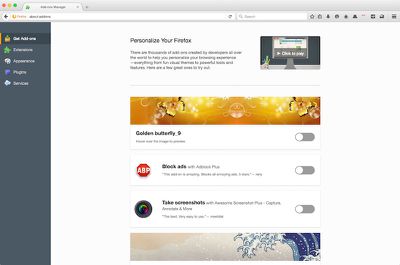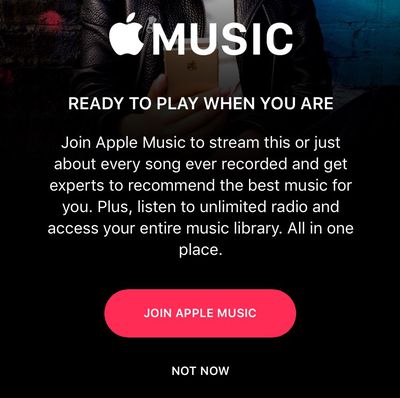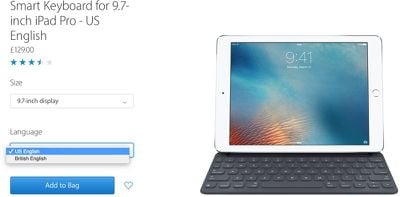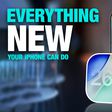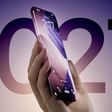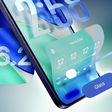Britney Spears has announced that Glory, her first album in three years, will be available on Apple Music from August 26, in what looks like another high-profile exclusive for the streaming service.
Spears revealed the news yesterday through her Twitter account and called the fresh release "the beginning of a new era", as she notified fans they could pre-order the album on iTunes from midnight Wednesday Eastern Time.

While it's unclear if Glory will remain exclusive to Apple Music, the album's streaming debut is another victory for Apple in its battle for music service supremacy, coming quick on the heels of news that R&B singer Frank Ocean's long-awaited album Boys Don't Cry will also be released exclusively on the service this Friday.
Other recent high-profile exclusive Apple Music releases have included Drake's Views album, Taylor Swift's 1989 World Tour LIVE film, and Katy Perry's single "Rise".
Rival streaming service Tidal has tried to fight off Apple's competing service with its own album exclusives, but a series of tweets by Tidal co-owner Kanye West last week suggest the company is looking to negotiate a buyout deal with Apple.
Earlier in the year, Kanye said his new album The Life of Pablo would stay exclusive to Tidal and "never" be made available on Apple Music, only for it to appear on Apple's streaming service the following month.


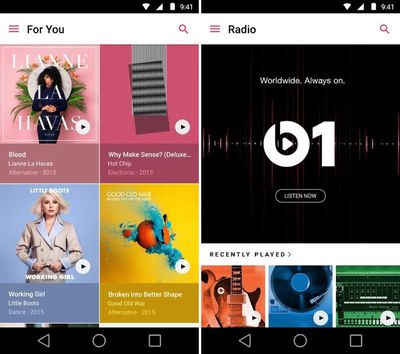
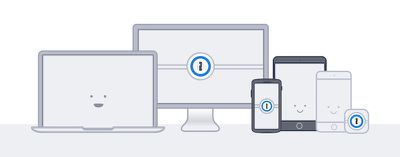
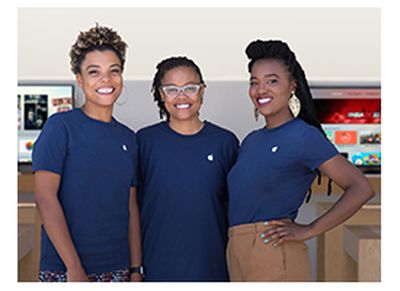 Apple has released updated
Apple has released updated 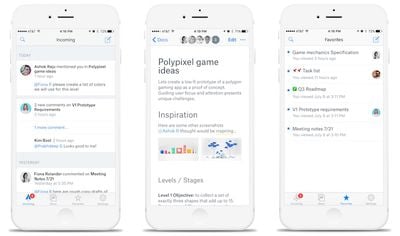
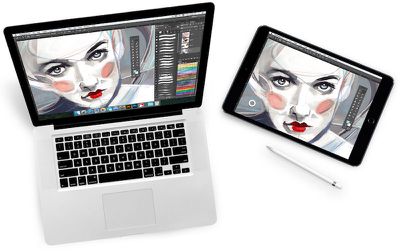
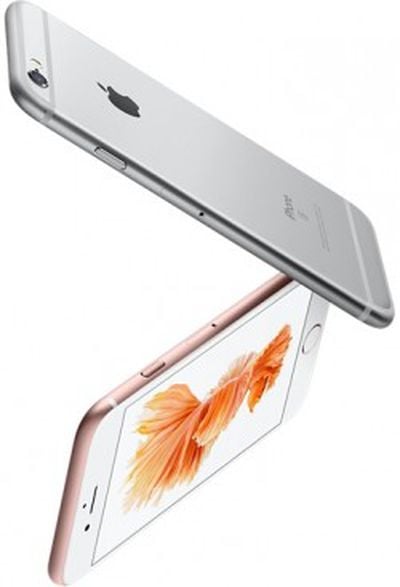 KGI Securities analyst Ming-Chi Kuo has
KGI Securities analyst Ming-Chi Kuo has 
